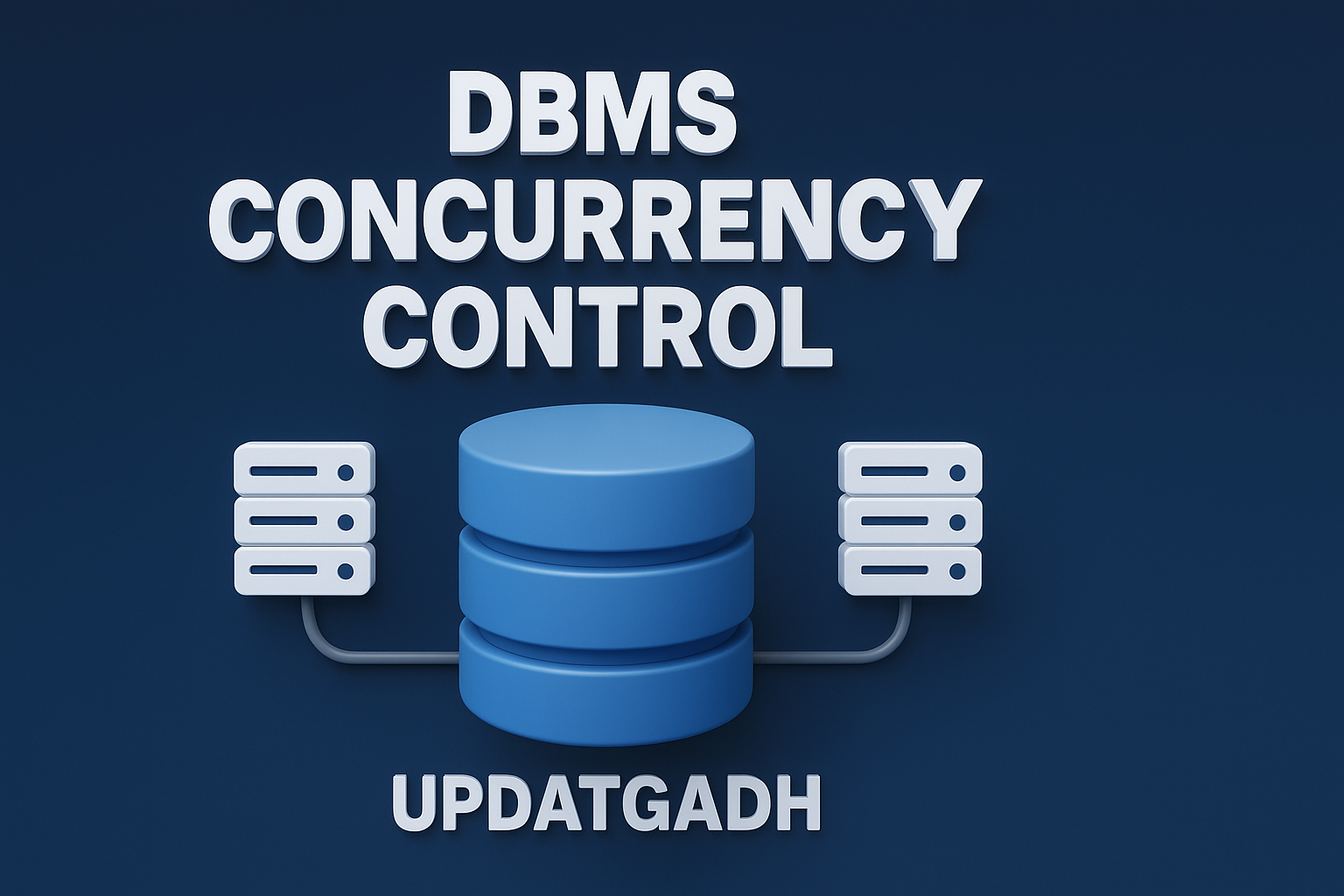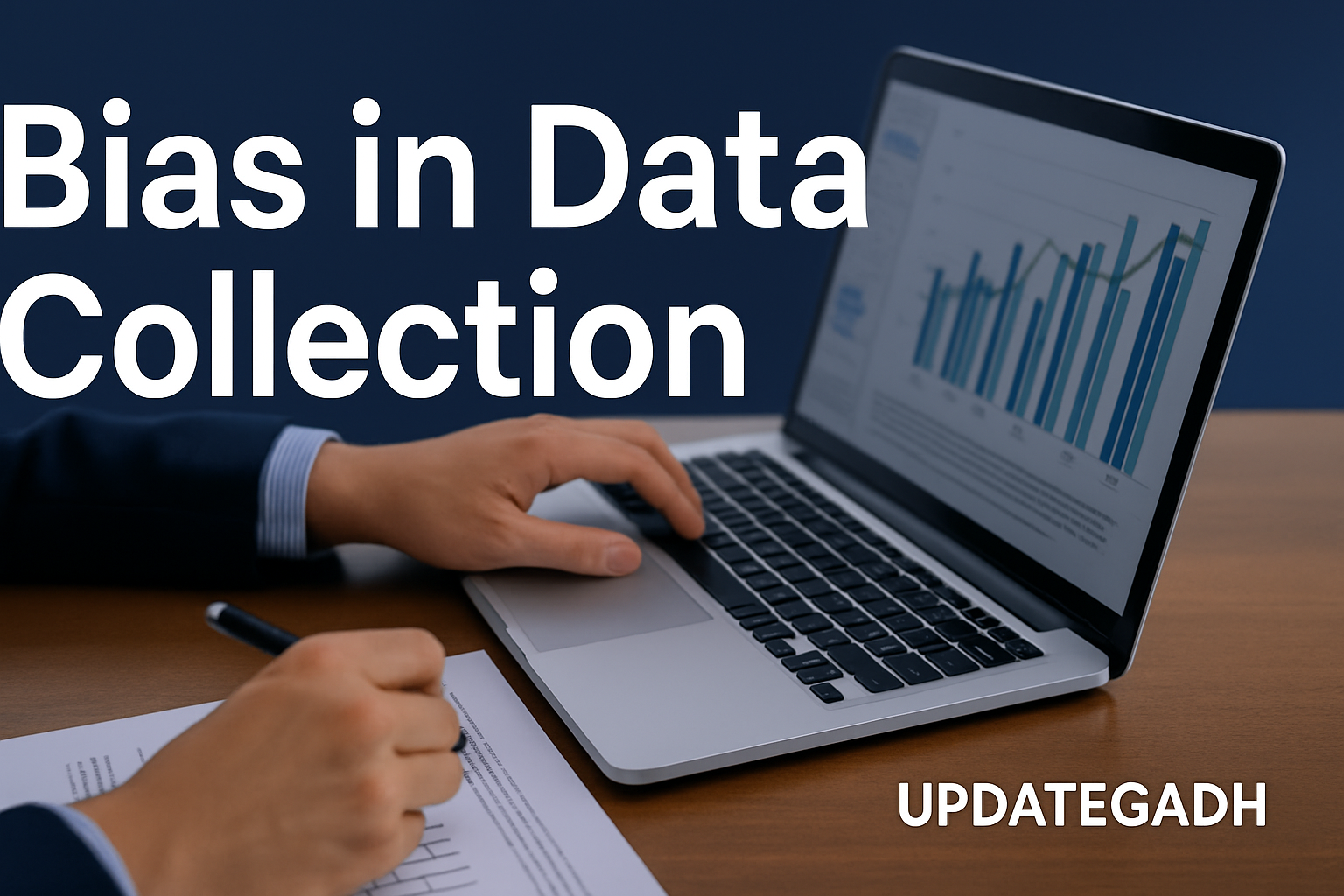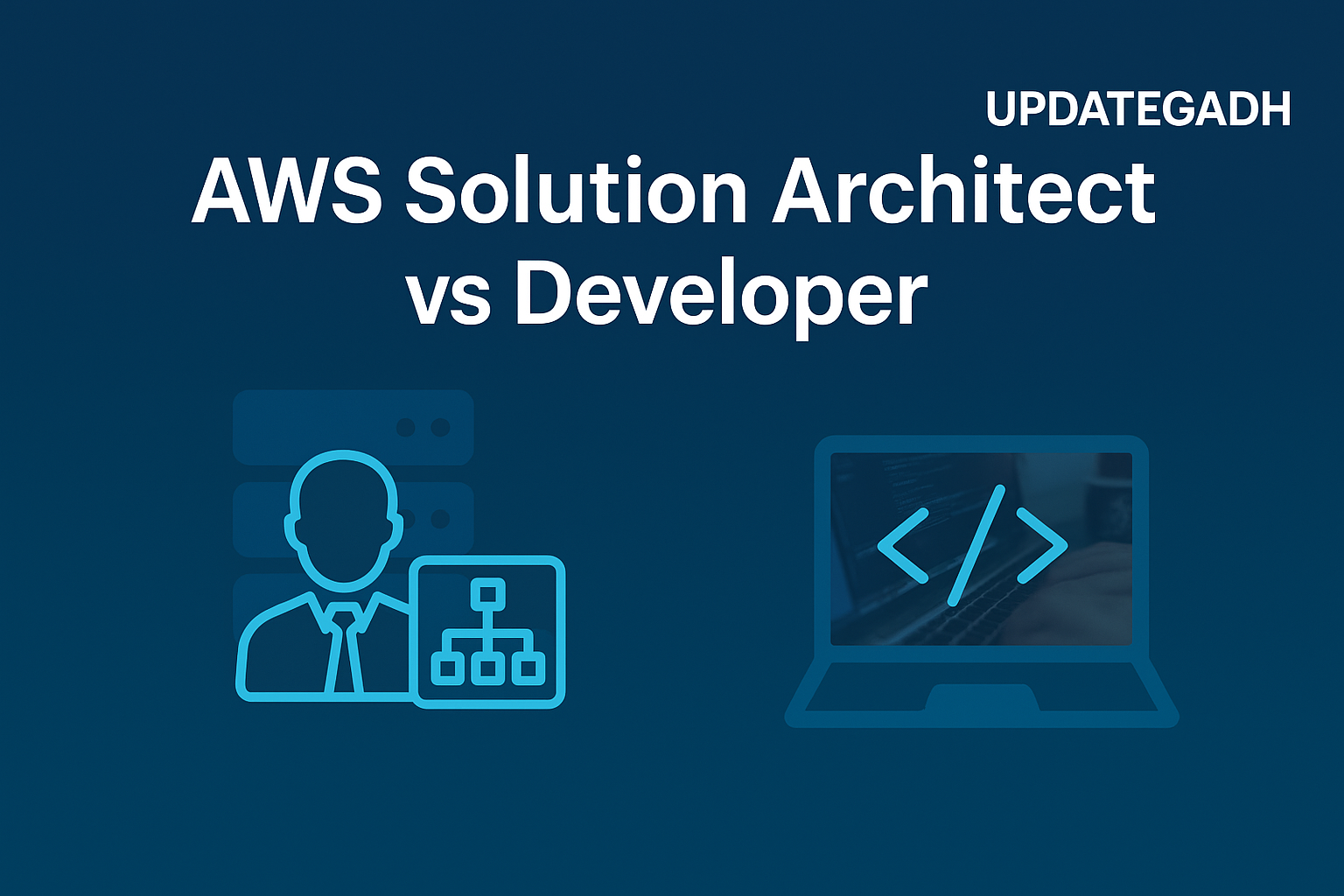
What is Data Mesh – Rethinking Enterprise Data Architecture
What is Data Mesh
Introduction
In today’s digital world, where self-service business intelligence is leading the way, businesses strive to become more data-driven. Organizations recognize the immense benefits of leveraging data to make informed decisions, offer personalized services, and optimize costs. However, transitioning into a data-driven strategy comes with challenges—moving away from legacy systems, adapting to ever-changing business needs, and most importantly, overcoming architectural limitations.
Traditional data warehouses and data lakes often fail to provide real-time data streaming, making it difficult for enterprises to achieve scalability and democratization. Enter Data Mesh—a groundbreaking approach that redefines data architecture by decentralizing data ownership, streamlining operations, and enabling self-serve analytics.
Let’s dive deep into the concept of Data Mesh and understand how it can revolutionize enterprise data architecture.
Machine Learning Tutorial:-Click Here
What is Data Mesh?
Data Mesh is a modern approach to data architecture that shifts from monolithic data lakes to a decentralized model. Just as microservices transformed software development, Data Mesh is transforming big data management.
Coined by Zhamak Dehghani, a consultant at ThoughtWorks, Data Mesh enables businesses to utilize data through a domain-oriented, self-service structure. It challenges the traditional notion that data needs to be centralized to maximize analytical capabilities. Instead, it promotes data distribution, allowing domain owners to manage their data as a product.
To implement Data Mesh successfully, organizations need to embrace a federated governance model that ensures standardization, interoperability, and decentralization.
Problems Data Mesh Solves
Traditional data architectures pose several challenges, including:
1. Monolithic Data Platforms Can’t Keep Up
- Traditional data lakes and warehouses fail to cater to diverse data sources and domain-specific structures.
- Centralized systems lose domain-specific insights, making it difficult for real-time analytics.
2. Data Pipelines Create Bottlenecks
- In traditional models, data transformation, processing, and delivery are fragmented, causing delays and data silos.
- Data passes through multiple layers, reducing efficiency and accessibility.
3. Lack of Collaboration Among Data Teams
- Data engineers, analysts, and domain owners often work in isolation, leading to misalignment.
- Data remains underutilized, affecting decision-making and business agility.
Three Key Components of Data Mesh
For Data Mesh to function seamlessly, organizations need three essential elements:
1. Domain-Oriented Data Ownership & Pipelines
- Data ownership is distributed among domain experts.
- Each domain manages its Extract-Transform-Load (ETL) pipeline and provides data as a service.
2. Self-Serve Functionality
- A centralized, domain-neutral infrastructure ensures efficient data pipeline management.
- Domains leverage shared tools for data transformation and processing.
3. Interoperability & Standardization
- Data governance rules ensure consistency across domains.
- Metadata management allows seamless cross-domain collaboration.
Download New Real Time Projects :-Click here
Four Core Principles of Data Mesh
Data Mesh is built on four fundamental principles:
1. Domain-Oriented Decentralized Data Ownership
- Responsibility is distributed among domain owners.
- Enables scalability and faster execution of modifications.
2. Data as a Product
- Each domain treats its data as a product.
- Focuses on data accessibility, trustworthiness, and usability.
3. Self-Serve Data Infrastructure as a Platform
- Centralized infrastructure supports multiple domains.
- Reduces costs and efforts while maintaining autonomy.
4. Federated Computational Governance
- Establishes global governance rules for data standardization.
- Promotes cross-domain collaboration and interoperability.
Why Use Data Mesh?
Traditional data architectures rely on centralized data lakes, maintained by a small group of specialists. This model leads to:
- Slow response times to data requests.
- Heavy technical debt for data teams.
- Limited scalability and agility.
A decentralized approach like Data Mesh provides: ✅ Greater flexibility in data management. ✅ Improved collaboration between teams. ✅ Scalable data infrastructure. ✅ Faster insights and decision-making.
Is Data Mesh Right for Your Business?
To determine if Data Mesh is the right choice, assess:
- The complexity of your data infrastructure.
- Number of data domains and teams.
- Existing bottlenecks in data engineering and governance.
Higher complexity and scalability requirements indicate a stronger need for Data Mesh.
Complete Advance AI topics:- CLICK HERE
SQL Tutorial :-Click Here
Conclusion
Adopting Data Mesh requires a strategic shift in data architecture, governance, and domain ownership. Organizations must:
- Redefine data platforms.
- Empower domain owners.
- Treat data as a product.
- Prioritize interoperability and self-service analytics.
With the right approach, Data Mesh can transform enterprises into truly data-driven organizations, unlocking efficiency, innovation, and scalability.
Are you ready to embrace Data Mesh and revolutionize your enterprise data architecture?
data mesh rethinking enterprise data architecture example
mesh data
what is data product and data mesh
what is data mesh strategy
data mesh ppt
data mesh governance
data mesh roles and responsibilities
advantages of data mesh architecture
what is data mesh vs data fabric
what is data mesh book
what is data mesh vs data lake
what is data mesh principles
what is data mesh example
what is data mesh gcp
data mesh smartsheet
what is data mesh martin fowler
data fabric
data lake
data mesh architecture










2 comments